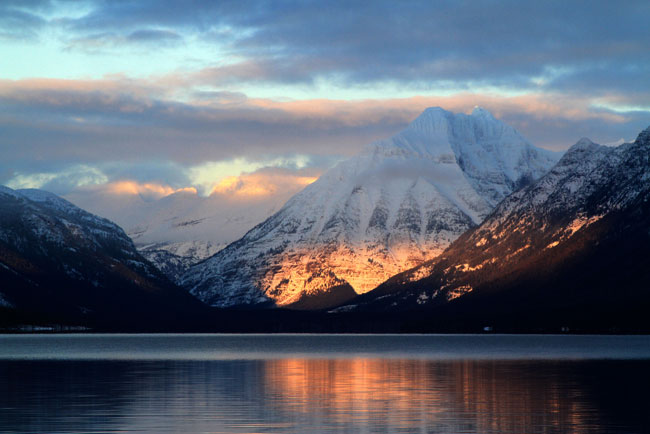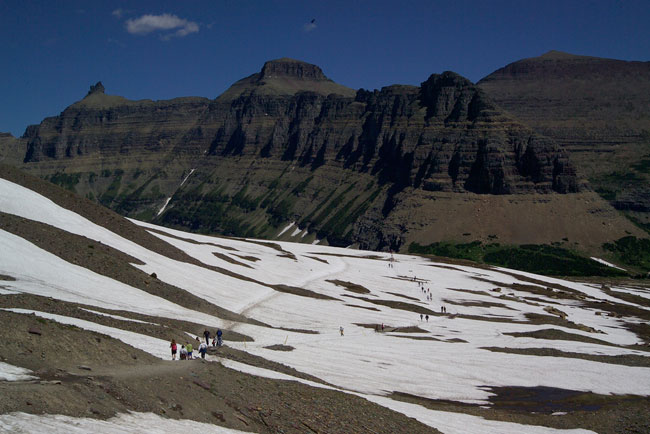By Michelle Werts

It’s called the Crown of the Continent, with more than a million acres of preserved forests, alpine meadows, lakes, mountain peaks and glacial-carved valleys. More than a thousand species of vascular plants, including 20 different tree species; nearly 70 species of mammals, including grizzly bears, wolverines, gray wolves and lynx; and more than 270 species of birds, including golden eagles, call it home. Tomorrow, May 11, it celebrates its 112th anniversary. What is this wondrous place? It’s Montana’s Glacier National Park.
National Geographic describes Glacier as “where everything bright and strong and never tamed comes together on high,” and it truly represents some of the most magnificent examples of Mother Nature at work.
First, there are the glaciers and the Rockies. When visiting Glacier, you’re actually looking 10,000 years into the past, as its glacier-formed landscape remains much the same as it was thousands of years ago. The last time the ice sheets reached into America, they carved out deep valleys in Glacier’s mountains, the Rockies. Much of Glacier’s landscape is dominated by North America’s famous mountain chain. The park’s highest peak, Mt. Cleveland, reaches more than 10,000 feet into the air, but an additional 100-plus peaks jut more than 8,000 feet above ground level. The ice still remains in some places, as the park currently has 26 glaciers within its boundaries — although 100 years ago when the park was founded, the number of glaciers was closer to 150.

Then, there are the forests. More than half of Glacier is forested, but the types of forest vary across the acres from moist coniferous to dry coniferous to deciduous — and then there are the wetlands, marshes and swamps. It’s estimated that some of the trees in the park’s western lower Avalanche Creek area are more than 500 years old. The park’s flora diversity is a result of Glacier’s unique position on the continent. In its west, the park experiences the cool, moist weather typical of the Pacific Northwest, whereas its eastern portion is dominated by dry, windy, continental air masses.
Also, let’s not forget the wildlife — both animal and human. Glacier is a key habitat for the endangered gray wolf and four of America’s threatened animal species: bald eagles, grizzly bears, lynx and bull trout. Plus, elk, beaver, moose, copious amounts of bird species and more all call the park home. For those of us with two legs, the park offers more than 740 miles of maintained trails that we can use to experience the park’s grandeur up close.
Finally, there’s the water factor. Known for its crystal-clear water, Glacier is at the head of three of the most important watersheds on the continent: the Pacific, Atlantic and Hudson Bay, meaning that water falling within its confines contributes to the drinking water levels for millions of people across the continent. The park houses more than 200 lakes and more than 1,500 miles of streams.
And, just think, I’ve only given you the broad overview of what this national treasure has to offer. So today, I’m thankful that more than 100 years ago, President Taft signed a bill establishing our 10th national park, leading to the preservation of its pristine wilderness for a multitude of generations to come.
